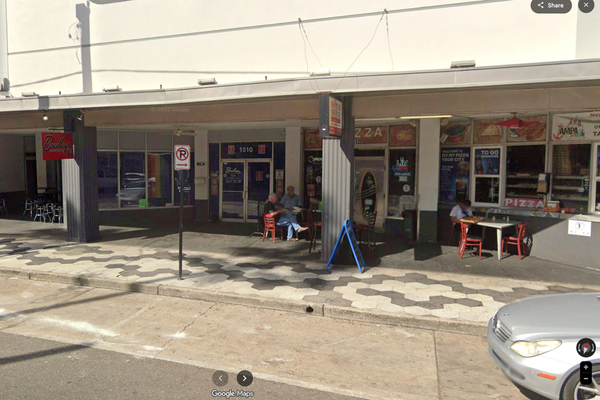A NEW podcast series called Stone Me is taking Scots on a whirlwind adventure across the country's most iconic neolithic sites.
Here you can take a whizz round the seven sites host Matthew Magee visits on his intrepid quest...
The Ness of Brodgar, Orkney
This site on mainland Orkney has been under excavation since 2004. Beneath what appeared to be just a field, a massive complex of monumental Neolithic buildings has been unearthed dating from the centuries around 3000BC.

It is thought they were ceremonial buildings and according to Nick Card, director of the site, what has been discovered is just the tip of the iceberg.
Magee said: “It’s a totem for how materially and culturally rich neolithic Britain was.”
The Ness of Brodgar will be open for six weeks over the summer and six weeks in 2024 before it is re-covered with earth for protection. It is hoped in the future funding can be found to give people a virtual experience of the fascinating find.
Ring of Brodgar, Orkney
Also in the Heart of Neolithic Orkney World Heritage Site is Scotland’s biggest stone circle, the Ring of Brodgar, which dates back to the 3rd millennium BC.
Originally consisting of 60 stones, 36 of those survive today and there are at least 13 prehistoric burial mounds.
Magee said it looks like what people would probably imagine when they think about a stone circle.
He said: “It is unbelievably imposing. The stones are not the biggest, but it’s the diameter of it.

“The stones had been built in sections by people from different parts of Orkney, so it might have been a big Orkney-wide project where families or clans were told ‘that’s your bit’.
“It became this expression of belonging.”
Machrie Moor, Arran
At this ancient site on Arran there are not one, but several stone circles, suggesting it was a popular place of ritual and perhaps a pilgrimage site.
The stone circles were preceded by timber ones and were associated with religious activities dating back around 4500 years.

Magee said: “It’s like supermarket sweep for stone circles. There’s ones where the stones are massive and then there’s ones that only come up to your knees.
“Wherever you are going, Arran is on the way if you are going up the West Coast, so people were probably stopping off to maybe trade or do rituals at these standing stones.”
Stones of Calanais, Lewis
It’s assumed these stones functioned as an astronomical lunar calendar given a cosmic lightshow happens here every 18.6 years.
At the major lunar standstill (the moon’s most northerly position in the night sky during the 18-year cycle) the moon aligns with the southern hills.
The shape of the hills form the silhouette of a woman. The moon rises at the feet of woman, and slowly travels along the ridge of the hills, framed by the stones.

Magee said: “Imagine what it would look like to someone who had never seen a lightshow like that. It’s amazing they worked that out, if they did.”
The next cycle of this fascinating event is due to occur in April 2025.
Kilmartin Glen, Argyll
Located between Oban and Lochgilphead, Magee described this site as a “neolithic wonderland” with a huge collection of standing stones, cairns, carved rock, forts and castles.

There are more than 350 ancient monuments within a six-mile radius of the village of Kilmartin, with 150 of them being prehistoric.
Magee said: “It’s got an incredible concentration of neolithic material. There’s not much evidence people ever lived there, it’s a ceremonial landscape, and again like Arran it was on the way between Ireland and the North West.”
Cairnpapple Hill, West Lothian
On the Bathgate Hills, this was a significant site for burials and ceremonies for at least 4000 years.
It dates back to around 3800 BC but was used centuries later for a number of Bronze Age burials before also being used for Christian graves.
If you fancy being somewhere where you can see right across Scotland, this is the place to go.

Magee said: “It’s a view into what came after the Neolithic.
“It’s on this big hill just outside of Bathgate and on a clear day you can see Goatfell in the West and Bass Rock in the East, the entire width of the country which goes some way to explaining why people went there for 4000 years for rituals.”
Sighthill Stone Circle, Glasgow
Built by astronomer and sci-fi writer Duncan Lunan at the end of the 1970s, this is believed to be the first astronomically-aligned stone circle built in Scotland for some 3500 years.
Each of the 17 stones align with a particular celestial event, paying homage to what many believe stone circles were for – stargazing.

The site has only just reopened after being moved about 200m away from its original location.
Magee said: “It’s not Neolithic, but it’s a stone circle all the same. It’s still a place where people would go to remember the dead, it’s being used by the people who live there for the same reasons we think stone circles were used for.”







